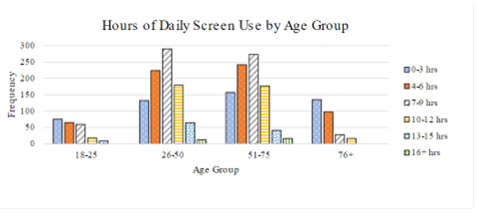Which of the following is NOT provided as a result of the valid research and observations recorded by scientists?
A. A better understanding of the physical world
B. The ability to predict possible outcomes affected by actions
C. The ability to prevent earthquakes and other natural disasters
D. The creation of various substances and technologies that enhance our world
Scientists make observations, gather data, and complete research over many years in order to compile knowledge that will provide insight into future disasters, such as earthquakes, storms, and global warming. Although science can be used to predict earthquakes and other natural disasters, there is currently no way of preventing them from occurring.
Therefore, the Correct Answer is C.



